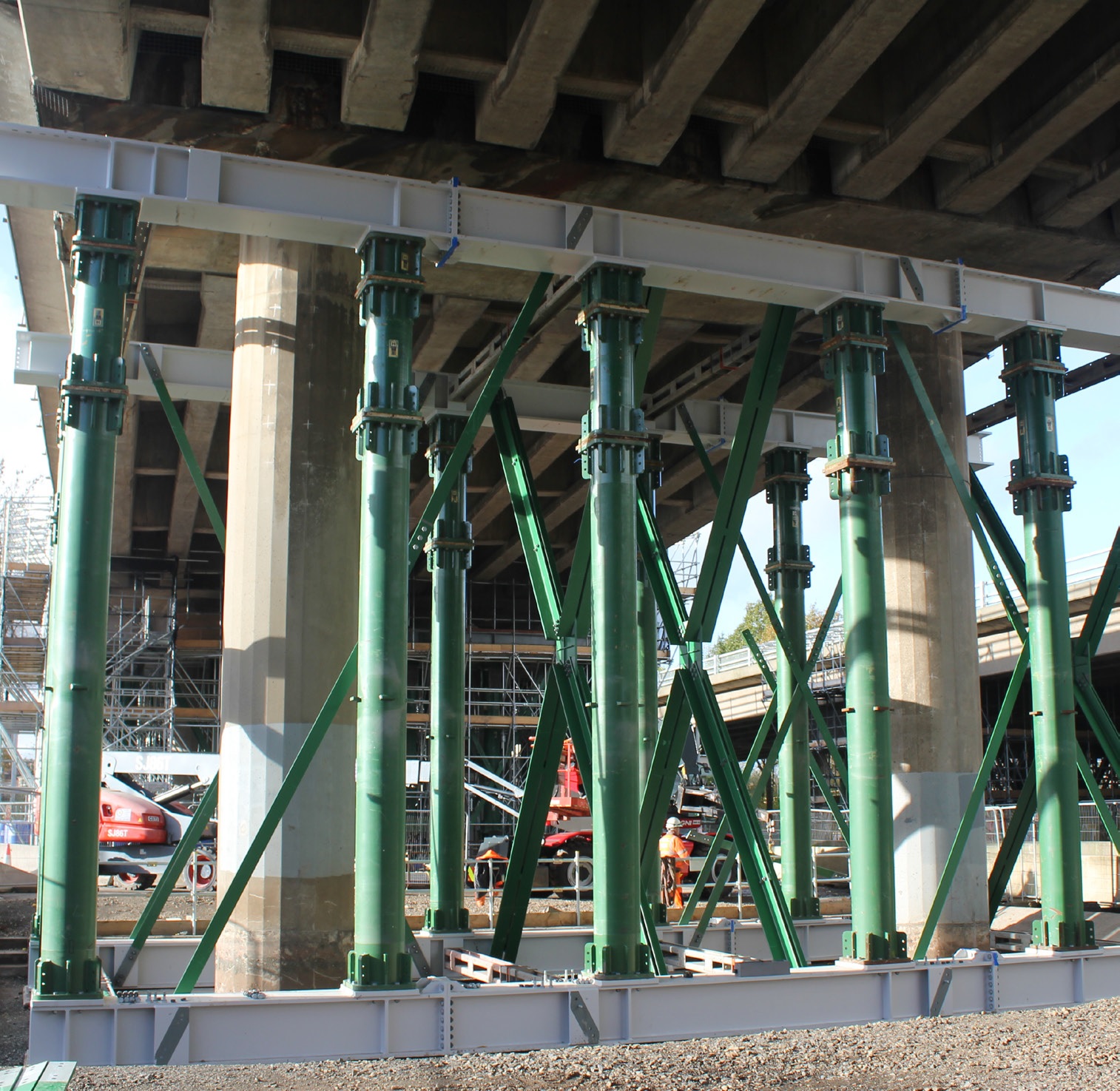Bridge managers now have to address increasing risks within reducing budgets, and seek modern innovations in materials and technology to help them do this.
Our transport infrastructure has developed over centuries, and the structures we have to maintain range from 18th century canal bridges to railway viaducts dating from the 1900s and motorway infrastructure built from the 1950s onwards.
The modern environment of climate change, heavier vehicles and increasing mobility requirements places our structures under demands that
were never predicted. The challenge is to maintain this infrastructure as fit for purpose in the 21st century.
When bridges are closed the impact is felt on a much wider scale than just the immediate neighbourhood. Traffic is diverted, often adding
many extra miles to the journey, local businesses and economies suffer and the day-to-day lives of individuals are inconvenienced. Personal mobility is restricted, and the extra miles driven have a pollution and carbon toll.
With pressure on funding, increasing maintenance requirements necessitate innovation in understanding deterioration, and in strengthening and repairing structures. Emerging technologies may offer opportunities for better value and performance of maintenance.
To avoid a future of failing and non-performing structures we need to grasp the challenge of extending their useful life into the 21st century and beyond.
KEY THEMES
The estimated value of Scotland’s Trunk Road structures maintenance backlog in 2021 was 15.3% of the asset value.
Closure of the Forth Crossing in December 2015 is estimated to have cost the economy more than £1 million per day. The current cost of closure of the M8 Woodside Viaducts in Glasgow would be around £100 million per year based on standard transport appraisal modelling and values of time (2021).
The government’s Water preferred policy guidelines say that where practical, economic and environmentally desirable the largest abnormal loads should be moved by inland and/or coastal waters to reduce the impact of moving them by road.
Changes to the source of the UK’s energy mean that routes for superheavy loads for power generation equipment are likely to need revising as the locations they serve change.
Network Rail owns more than 29,000 bridges of more than a thousand different construction types, many older than the design life of a modern bridge.

M8 Woodside Viaduct, Glasgow. (Transport Scotland)
AREAS FOR DEVELOPMENT
Understanding bridge behaviour
- Sensors to analyse condition, identify deterioration and maintenance needs
- Prioritisation of programmes of work for maintenance, assessment and repair
- Reliable and repeatable data collection and analysis
- Predictive models of deterioration, risk and performance
- Advanced analysis for structural assessment
Material technology
- New materials for repairs – smart, self-healing, extended life and durability
- Understanding and learning from existing materials
